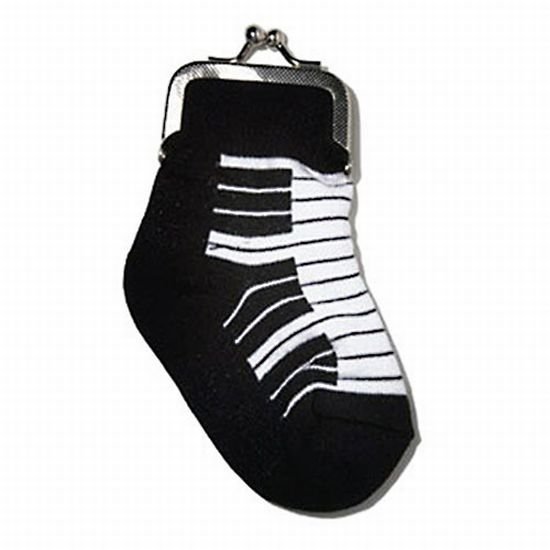|
|
Glamorous Handbags
|
Men once carried coin purses, and the oldest known purse dates back more than 5000 years, and was worn by a man, Ötzi the Iceman. In early Modern Europe, when women's fashions moved in the direction of using small ornamental purses -- which evolved into handbags -- men's fashions were moving in another direction. Men's trousers replaced men's breeches during the course of the 18th and 19th centuries, and pockets were incorporated in the loose, heavy material. This enabled men to continue carrying coins, and then paper currency, in small leather wallets. Men's pockets were plentiful in 19th century and 20th century trousers and coats, to carry an ever-increasing number of possessions, such as pipes, matches, pocketknives, and so on, and they were an item frequently mended by their wives. Women, on the other hand, have shown a strong demand for larger handbags that carry more items for everyday use.
The men's purse was revived by designers in the 1970s in Europe.Since the 1990s, designers have marketed a more diverse range of accessory bags for men. The designs are typically variations on backpacks or messenger bags, and have either a masculine or a more unisex appearance, although they are often more streamlined than a backpack, and less bulky than a briefcase. These bags are often called messenger bags or organizer bags. Demand is strong after several years of popularity, possibly supported by the growing range of modern electronic devices men carry with them. Men's designer bags are produced by well-known companies such as Prada and Bottega Veneta in a variety of shapes and sizes. The global men's bag and small leather goods trade is a $4 Billion a year industry.
|
|









